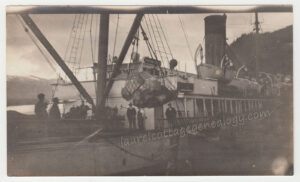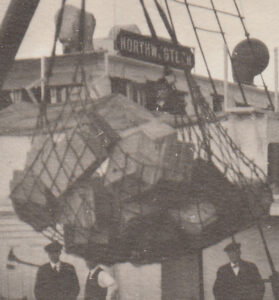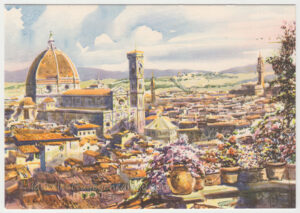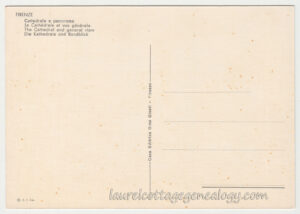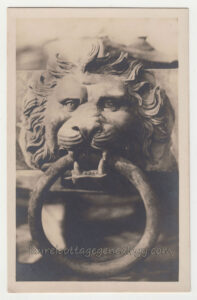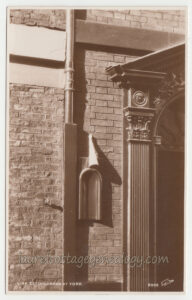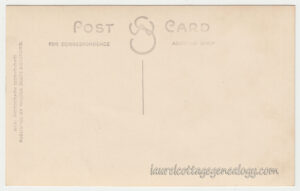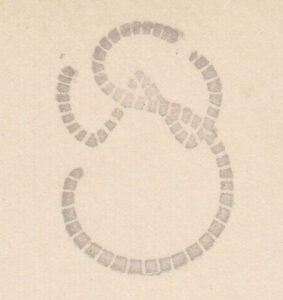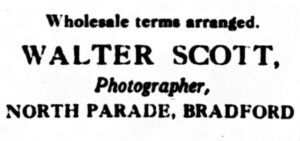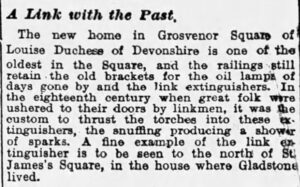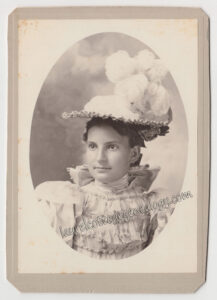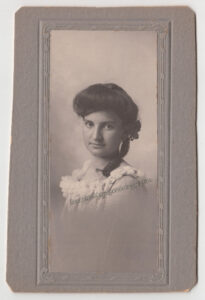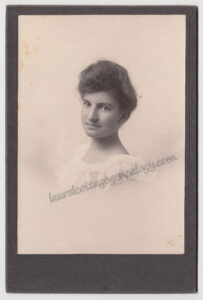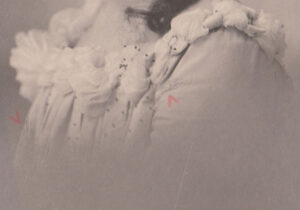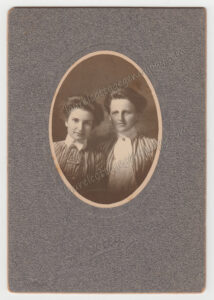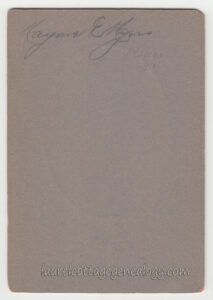Old photo, circa 1920s.
Price: $25.00 Size: About 5 and 1/2 x 3 and 1/4″
The S.S. Northwestern – a cargo and passenger ship running the Alaskan Coast
This one was found in a bin of loose photographs at a paper fair or antique store. No writing on the back and, at the time of looking through said bin, no potential relations stood out; none that would noticeably link themselves to this item, though they well could have been there. Knowing this, when singling out one photo to take home, there’s always that feeling of – possibly separating the poor individual from its home group. An integral portion of some family’s story is now being orphaned (sob!). Well no, not orphaned really, but adopted out. And then there’s always the flip side with its mysterious forces at play: “One is better than none and if I don’t get this one, who will?” In these situations, you can almost feel your purchase automatically opening a door (somewhere in the universe) with someone in the future finding the item (in delighted discovery), and relaying info to us such as, “My great-grandfather worked on that ship,” or “I have relatives that traveled up to [such-and-such] on this ship.” …..Back to the blank reverse, probably most of us have that tendency – to not take the time to put anything on the back. No judgement – it can definitely be tedious, and with all good intentions, often gets put off till “later.” And dealers (thousands of pieces passing through their hands) cannot realistically be expected to document where their acquisitions have come from. (Though once in great while you get lucky.) Fortunately, with this photo, we at least have the ship’s name which clearly shows. Here’s a crop, and I believe that’s a woman standing there – appearing for us just below the name and above the cargo in the netting. (Click to enlarge.) We’ll estimate the time-frame to be the 1920s, just due to the look of the clothing styles.
Source: SS Northwestern. n.d.https://en.wikipedia.org/wiki/SS_Northwestern#/media/ File:S.S._Northwestern_moored_in_Seward,_Alaska.jpg (accessed July 16, 2024).

